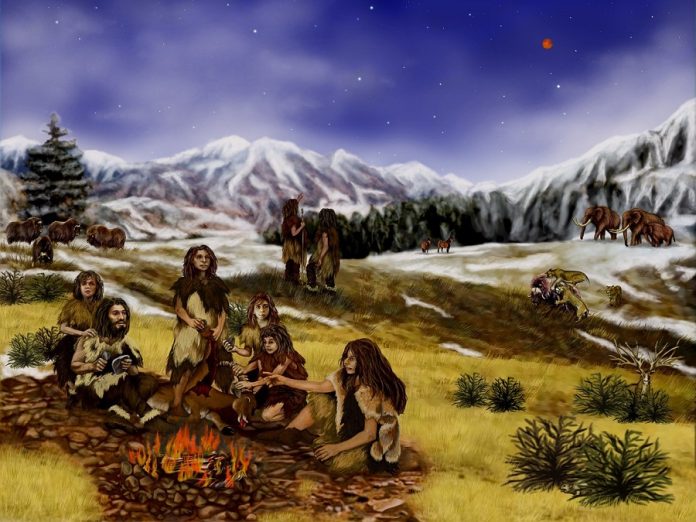
In the first split second after the Big Bang, the universe was an extremely hot and chaotic place.
Before atoms even existed, and long before stars and galaxies formed, some surprising cosmic structures may have taken shape.
A new study published in Physical Review D suggests that within less than a second after the Big Bang, interactions between particles could have created the first black holes, exotic “boson stars,” and even unusual objects called “cannibal stars.”
The research was carried out by a team from SISSA (the International School for Advanced Studies) in collaboration with INFN, IFPU, and the University of Warsaw.
Their work explores a little-understood chapter of cosmic history: the time between the universe’s rapid expansion—known as inflation—and the creation of the first atomic nuclei, which happened between 10 seconds and 20 minutes after the Big Bang.
This mysterious period has long been difficult to study.
However, some cosmological models predict that the universe briefly entered what scientists call an Early Matter-Dominated Era, or EMDE. In this phase, matter would have temporarily outweighed radiation.
The authors of the new study examined how particles might have behaved during this time and found that they could naturally form small halos of matter.
If these particles interacted with one another, these halos could undergo “gravothermal collapse,” shrinking under their own gravity and cooling in a way that produces dense, compact objects.
According to the study, three kinds of structures might have formed as a result. One possibility is primordial black holes, which are black holes born not from dying stars but directly from collapsing clouds of early-universe matter.
Another is boson stars, strange objects made of particles whose quantum behavior supports the star instead of ordinary pressure.
These boson stars may have existed only for a few seconds before collapsing further into black holes. The third possibility is cannibal stars—objects that shine not through nuclear fusion like the Sun, but through particles annihilating each other inside the star.
The researchers estimate that the halos created during the EMDE were relatively small, with masses below 10²⁸ grams. When these halos collapsed, they may have formed even smaller primordial black holes.
Some of these black holes could have formed in numbers too large to fit current observations, while others—especially those with asteroid-like masses—might make up all the dark matter in the universe.
The smallest ones may have evaporated quickly, disappearing long before the first elements such as hydrogen and helium were formed.
The study opens new possibilities for understanding the early universe and beyond. The authors suggest that similar exotic stars could even form today in regions dominated by self-interacting dark matter.
They also hope that studying these simple particle-driven stars could offer new clues to the processes shaping cosmic evolution.
Source: KSR.



